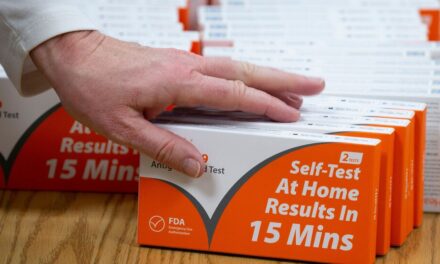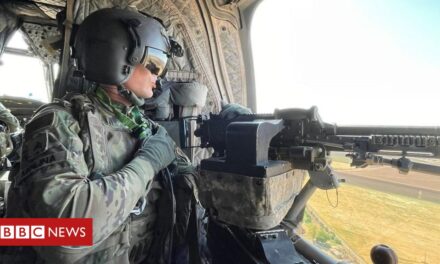
Capitol Riot Security Failures Detailed in Senate Report
The report is the product of a collaboration among Mr. Peters, Ms. Klobuchar and the top Republicans on the two committees they lead: Senator Rob Portman of Ohio on the Homeland Security Committee and Roy Blunt of Missouri on the Rules Committee. It is limited by its bipartisan nature, given that Republicans have refused to ask questions about the riot that could turn up unflattering information about Mr. Trump or members of their party, as they try to put its political implications behind them before the 2022 midterm elections.
Though the report states flatly that Mr. Trump “continued to assert that the election was stolen from him” and promoted the “Stop the Steal” gathering in Washington before the riot, it does not chart his actions or motivations, state that his election claims were false or explore the implications of a president and elected leaders in his party stoking outrage among millions of supporters.
The inquiry does not describe the events of Jan. 6 as an “insurrection,” a term many Republicans had joined Democrats in embracing immediately after the attack. Aides involved in its drafting said they had refrained from trying to summarize or contextualize Mr. Trump’s false claims just before the riot took place. They opted instead to include the full text of his speech in an appendix.
Many of the findings in the report were culled from public testimony from committee hearings, though five people sat for detailed interviews with the committee: Christopher C. Miller, who was the acting defense secretary; Ryan D. McCarthy, the Army secretary; Gen. James C. McConville, the Army chief of staff; Yogananda D. Pittman, the acting chief of the Capitol Police; and J. Brett Blanton, the architect of the Capitol.
The committee staff solicited more than 50 statements from Capitol Police officers that painted a vivid portrayal of the rioters, some of whom gave Nazi salutes and hurled racist slurs at them. One officer described being crushed by the mob. Another told the committee that she still suffered from chemical burns she experienced that day.
About 140 law enforcement officers reported injuries from the riot. The bipartisan report also tied seven fatalities to the assault, including five protesters who died and three police officers who died in its aftermath, two from suicide.
The document lays out profound problems with the special Capitol Police unit that handles civil disturbances, only a fraction of which was adequately trained to respond to a riot, and which was poorly equipped. On Jan. 6, its officers were not authorized to wear protective gear at the beginning of their shifts or to use their most powerful nonlethal weapons — such as grenade launchers and sting ball grenades — to push back crowds, because they lacked the training to do so.
















